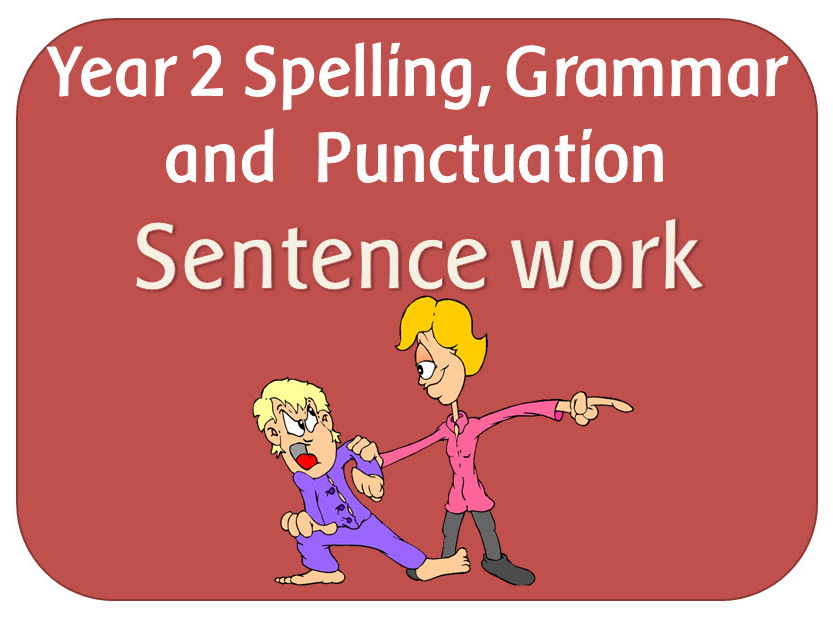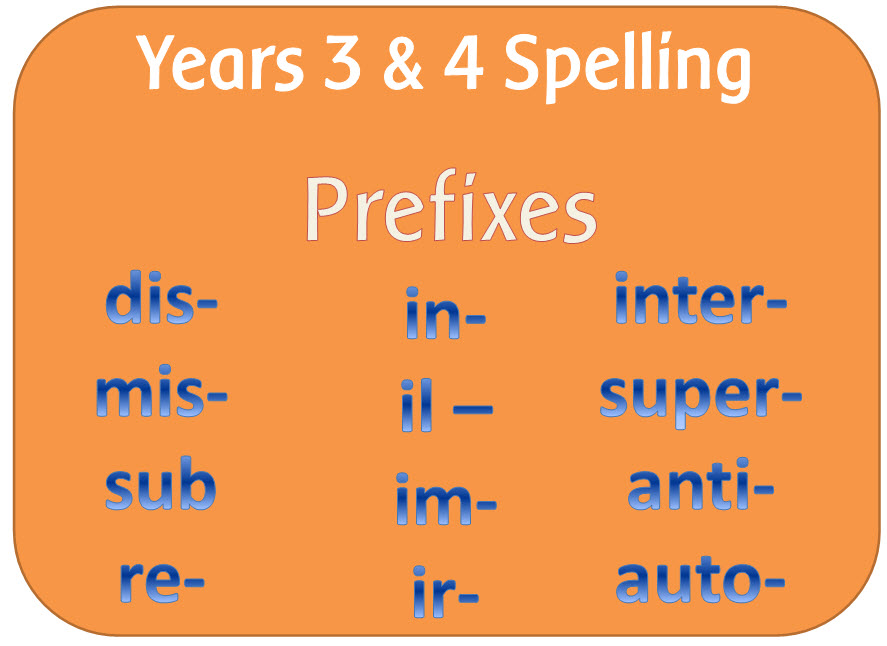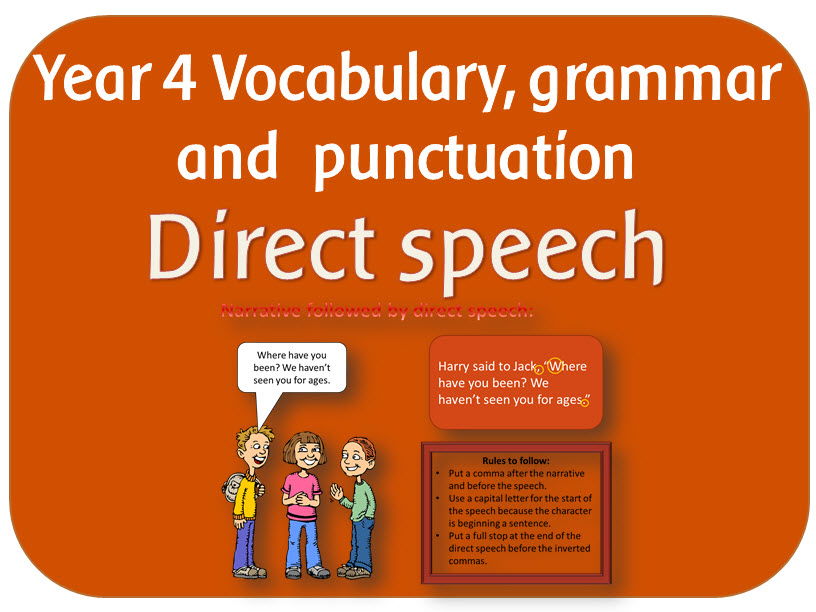
404Uploads
1066k+Views
681k+Downloads
World languages

SPaG Year 1: The prefix un
2 powerpoint lessons - how the prefix un- changes the meaning of verbs and adjectives; plus jigsaw cards and a lesson plan.
Adding the prefix un to adjectives: Powerpoint explaining how the meaning of adjectives change when un- is added, ending with an activity
Adding the prefix un to verbs: Powerpoint explaining how the meaning of verbs changewhen un- is added, ending with an activity
Activity cards
Jigsaw cards - root words and the prefix un.

Introduction to reading and writing sentences Y1 Year 1
These resources introduce the concept of a sentence and show how to write a sentence.
POWERPOINTS:
Introduction to sentences: Explains what sentences and punctuation are. It reinforces the importance of capital letters, full stops, question marks or exclamation marks, and spaces in-between words.
How to compose a sentence: Introduces the concept of sentence writing, and how the children should think about and then say the sentence before they write it down, remembering to read through and check their work when finished.
“I can” sentences: simple sentences for the children to read. The vocabulary gets progressively harder, from simple CVC words to using long vowel graphemes and blends.
Jake’s Full Stop: A story demonstrating how important it is to put full stops in the right places.
Picture sentences: Find the correct sentence out of four to match the picture.
Joining sentences with ‘and’: Demonstrates how text can become more interesting when ‘and’ is used to join sentences. Ends with sentences for the children to join with the word and.
Words that fit: Find the words that can be substituted in the sentence.
Sentence building: Jumbled up words that need arranging into sentences. Suitable for a class writing activity.
WORKSHEETS (PDF) - to accompany the PowerPoints
Worksheets: 15 different worksheets to accompany the lessons, including -
A checklist when writing sentences
Finish the ‘I can’ sentences
Write the words that fit
Write sentences about a picture
Punctuation story
Match the sentences
Cut and make a sentence
The worksheets are in both colour and black and white.
Some of the PowerPoints include a linked video to watch. This is a link shared through SafeShare T.V., a program that filters adverts and unwanted commercials from the clip. You may need to check if you can access this in school.
The links were checked before uploading, but if any don’t work, feel free to contact me.

SPaG Year 1 Punctuation: Capital letters, full stops, question marks & exclamation marks
Spelling resources to teach the statutory requirements in Appendix 2 of the English curriculum:
Punctuation: Separation of words with spaces; Introduction to capital letters, full stops, question marks and exclamation marks to demarcate sentences; Capital letters for names and for the personal pronoun I.
PowerPoint files:
Introduction to exclamation marks: Short presentation explaining when to use exclamation marks
Introduction to full stops: Short presentation explaining when to use full stops
Introduction to question marks: Short presentation explaining when to use question marks
Capital letters - when to use them: Looks at occasions where capital letters should be used, with an activity to test the children’s understanding at the end.
Capitals and punctuation quiz: Interactive activity where the children have to decide what is wrong with each sentence.
Jake’s full stop: A story that shows what happens when full stops are left out of sentences.
Sentences and punctuation: Recap on sentences and punctuation, with an activity at the end.

SPaG Year 2 Text: Present and past tense and the progressive form of verbs
Four powerpoints looking at past and present verb tenses.
POWERPOINTS
Introduction to tenses: Explains what tense means, and past and present tense, giving examples including the progressive form of verbs.It ends with some examples and opportunities for children to change the tenses of sentences.
Changing present into past tense: Sentences to change
Thinking of verbs and past and present tense: Look at pictures and describe the actions in the present and the past tenses.
Irregular past tense verbs: Explanation and lists of irregular past tense verbs.

SPaG Year 2 Sentences: Statements, questions, exclamations or commands
A lesson explainint the difference between statements questions exclamations and commands, with 2 activities.
DIFFERENT TYPES OF SENTENCES
POWERPOINT
Explains the difference between a statement, question, exclamation and a command, and how the grammatical patterns vary
ACTIVITIES
Different types of sentences - writing an advertisement x 2

SPaG Year 2 Word: Formation of adjectives using suffixes such as -ful or -less
6 powerpoints looking at adding different suffixes to make adjectives, plus a worksheet:
POWERPOINTS: The first three resources below explain what adjectives are, and what each suffix does to the meaning of words it is added to. They end with a list of words to add the suffix to, and explain how the meaning of the word has changed.
Formation of adjectives by adding ful
Formation of adjectives by adding less
Formation of adjectives by adding y
Formation of adjectives ful and less recap: Goes over the two suffixes then ends with an activity to change words by adding ful or less
Adding suffixes to words in sentences: Pictures to encourage the children to make adjectives from root words.
Think of adjectives: Different pictures for the children to look at and think of describing words using the suffixes ful y and less.
ACTIVITIES
Formation of adjectives worksheet: Writing sentences to describe pictures

SPaG Year 2 : Sentence punctuation and commas for lists
2 powerpoint lessons explaining the use of capital letters, full stops, question marks and exclamation marks to demarcate sentences and the use of commas to separate items in a list.

SPaG Year 3 & 4 Spelling: The suffix -ly
Resources to teach the spelling guidelines for adding the suffix ly
POWERPOINTS
The Suffix -ly: Recaps what an adjective and adverb are, and explains how the suffix -ly can be added to an adjective to form an adverb. It explains the rules for adding the suffix, and also the exceptions.(If the root wrod ends in y with a consonant letter before it, the y is change to i, but only if the root word has more than one syllable. / If the root word ends with le, the le is changed to ly. / If the root word ends with ic, then ally is added except in the word publicly.
PDF (PRINTABLE) RESOURCES
Look Write Cover Check: For spelling practice
Word cards containing the suffix ly
Adverbs ending ly worksheet
TEACHER RESOURCES
Word list
Adaptable outline plan

SPaG Year 3 & 4 Spelling: Prefixes dis mis in re sub inter super anti auto
Resources to teach how most prefixes can be added to words without any change to the spelling of the root word, except for the prefix in.
POWERPOINTS: Each powerpoint introduces the prefix and gives a definition of its meaning and how it can change the meaning of words. Examples of words with and without each prefix are shown.
The last powerpoint looks at the meaning of all the different prefixes.
DIS
MIS
IN IL IM & IR
SUB
RE
INTER
SUPER
ANTI
AUTO
Prefix recap
PDF (PRINTABLE) RESOURCES:
DIS
Cards - words to add dis
Change the paragraph to the opposite meaning
Dis word definitions
Jigsaw cards – dis
Un and dis matching word and definition cards
Dis- wordsearch
Un- wordsearch
MIS - wordsearch
IN IL IM IR jigsaw cards
MIS DIS RE and UN Word wheel
INTER worksheet
AUTO prefix worksheet
Although every effort has been made to check wordsearches for unintentional inappropriate words, it is recommended that teachers double check them before giving to children.
TEACHER RESOURCES
Word list
Adaptable outline plan

SPaG Year 3 Grammar: Formation of nouns using a range of prefixes
The first powerpoint recaps the terminology noun and prefix then explains how prefixes are added to words and change their meaning. Gives some examples of words with the prefixes super, auto, anti and tele and asks how the meanings have changed.
The second powerpoint looks at a range of prefixes the children should have covered in Y2 and introduces new ones alongside their meanings.
PDF WORKSHEETS & ACTIVITIES:
Word list – nouns using prefixes
Fore/mid/sub jigsaw cards
Super/auto/anti jigsaw cards
Prefix anti worksheet
Prefix auto worksheet
Prefix super worksheet
DISPLAY:
Noun prefixes display
Plus a Y3 VG&P plan

SPaG Year 3 Grammar: Paragraphs, headings, sub-headings and present perfect form of verbs
POWERPOINTS:
Paragraphs:An introduction to paragraphs, explaining what they are and how to write them.
Headings and sub-headings:An introduction to headings and sub-headings, explaining what they are and where and how they can be used.
Present perfect:Explains what the present perfect tense is and how it is formed. It ends with sentences for the children to rewrite using the present perfect tense.
PDF activity: Present perfect worksheet

SPaG Year 4 Word Grammar: The grammatical difference between plural and possessive -s
3 Powerpoints:
Recap of plural s: Revision of previous learning about nouns, singular and plural with a short exercise at the end.
Recap of possessive s: Revision of previous learning about possessive -s.
Plural or possessive s: Sentences with lots of questions for the children to answer, whether the words contain plural or possessive -s.
1 Worksheet:
Plural and possessive s

SPaG Year 3 Terminology powerpoint
A powerpoint explaining the terms adverb, preposition, conjunction, word family, prefix, clause, subordinate clause, direct speech, inverted commas, speech marks, vowels and consonants

SPaG Year 4 Sentence Grammar: Expanded noun phrases
A pack of powrpoints and printable resources looking at noun phrases that are expanded by the addition of modifying adjectives, nouns and preposition phrases.
POWERPOINTS:
Modifying adjectives: Recap of how adjectives can be used to expand noun phrases. Gives images at the end for practice of adding adjectives.
Modifying nouns: Introduction to how nouns can modify noun phrases, eg kitchen table, office chair. Gives images at the end where the children have to use nouns to specify more information about the main noun.
Modifying preposition phrases: Explains what preposition phrases are and shows how they can be used to specify where the noun is. It gives examples and ends with images where the children can think of preposition phrases.
PRINTABLE PDF FILES:
Modifying adjectives worksheet
Modifying nouns worksheet
Modifying preposition phrases worksheet
Adjectives posters: Lots of different adjectives to display
Preposition posters: Lots of prepositions/ preposition phrases to display

SPaG Year 4 Sentence Grammar: Fronted adverbials
POWERPOINTS:
Fronted Adverbials: Explains what they are and how to use them (including the use of commas from the punctuation objectives)
PRINTABLE PDF FILES:
Adverbial spotter worksheet: To use with reading books or passages of text
Adverbials of time display
Adverbials of manner display
Adverbials of time display
Adverbials of time cards: For composition activities etc
Adverbials of manner cards: For composition activities etc
Adverbials of time cards: For composition activities etc
5 x Word documents with different passages to use with spotter sheet

SPaG Year 4 Text Grammar: Use of paragraphs to organise ideas around a theme
A powerpoint explaining what paragraphs are and how they can be used to organise ideas around a theme and a sheet to help the children plan out the main ideas in a paragraph.

SPaG Year 4 Punctuation: Inverted commas and other punctuation for direct speech
The powerpoint looks at the different forms of punctuation to use when writing direct speech. Shows different ways of recording direct speech, eg, direct speech first then the narrative/ narrative first then the direct speech etc. It ends with images and speech bubbles for the children to record direct speech using the correct formats.
The display posters give prompts to help the children remember how to write direct speech.

SPaG Year 4 Text Grammar: Use of pronouns or nouns within and across sentences
5 POWERPOINTS:
Introduction to pronouns: Explains what pronouns are and gives an example of what text would look like if they were not used. It ends with an activity where the children read the sentences to see which pronoun should be used to aid cohesion and avoid repetition.
Pronoun practice: Exercise to see which pronouns should be used where.
Personal pronouns: A study of personal pronouns eg I/my/mine
Demonstrative pronouns: A look at this, these, that and those
Reflexive pronouns: A study of reflexive pronouns such as he/himself, with exercises to think of sentences containing them.
PRINTABLE PDF FILES:
Complete the pronoun matrix
Find the pronouns ( x 3): Read the stories and find the pronouns.
Indefinite pronouns: For display
Missing pronouns (x 2): Read the story and fill in the missing pronouns
Pronoun count: To use when reading to see which pronouns are the most common.
Pronoun list
Who am I: Picture cards for the children to describe using possessive pronouns

SPaG Year 5 & 6 Spelling: Word endings that sound like /ʃəs/ spelt –cious or –tious
Resources to teach the spelling guidelines for endings which sound like /ʃəs/ spelt cious or tious
POWERPOINTS:
Shus endings spelt cious: Powerpoint explaining the rules If the root word ends in –ce, the /ʃ/ sound is usually spelt as c. It ends with a look, write cover check interactive activity.
Shus endings spelt tious: Explains the guideline If you can think of a noun from the same root word that ends in –tion, then the /ʃ/ (sh) sound is usually spelt as t. It ends with a look, write cover check interactive activity.
PDF (PRINTABLE) RESOURCES:
Look Write Cover Check cious words: For spelling practice
Anagrams ending cious worksheet
Look Write Cover Check tious words: For spelling practice
Anagrams ending cious worksheet
cious and tious wordsearch
Word list

SPaG Year 4 Terminology powerpoint
A powerpoint explaining the terminology for pupils in Y4 - determiner,pronoun, possesive pronoun and adverbial.




















